If you're enjoying the content on here, please consider supporting our work on Patreon --- Blog run by Evan Collins & Froyo Tam
Don't wanna be here? Send us removal request.
Text














Selections from the book, Noise 3, by legendary design firm, The Attik (book published 1997, selections are from the early-mid 1990s)
The Attik was an incredibly influential graphic design firm in the 1990s, especially in the Cyber Corporate, Metalheart, and Y2K Futurism design styles.
#y2k#futuristic#1990s#90s#1997#noise 3#the attik#attik#cyber corporate#metalheart#grunge#my scans#graphic design#design#cyber
842 notes
·
View notes
Text





Cellular Fantasy offices & showroom - 2600 Wilshire Blvd., Santa Monica CA (2001)
Designed by Michele Saee of Saee Studios
Reminds me of Metalheart and Vectorheart styles in this design, though in architectural terms this would fall under Deconstructivism
329 notes
·
View notes
Text








Orange Cinemas - Beijing, China (March 2011)
Designed by Robert Majkut Design Studio
Scanned from 'Audiovisual Communication: Cinema Theatre Concert Hall' (2014)
#y2k#futuristic#metallic#sleek#2010s#2011#orange cinemas#china#beijing#movie theatre#colorful#interior design#architecture
646 notes
·
View notes
Text






Mozart cafe - Toronto, Canada (late 1990s)
Designed by Burdifilek of Toronto
Scanned from Stores & Retail Spaces 3 (2001), and Gourmet & Specialty Shops (2001)
#y2k#metallic#sleek#shiny#2001#00s#2000s#1990s#cafe#design#architecture#interiors#toronto#canada#store#90s
1K notes
·
View notes
Text
















Bar 'Cool' - Madrid, Spain (2001)
Designed by Tomás Alía
Mix of a couple popular and contemporaneously interrelated revival aesthetics; Millennium Disco, Y2K Futurism (expressed mainly in the color palette, typography, some materiality, and facade), and Ultramodern Revival
Scanned from Bar Decors by Elsa Rocher (2002), and Club Design by LINKS (2006)
#y2k#futuristic#metallic#sleek#shiny#2001#cyber#00s#2000s#disco#millennium#spain#madrid#club#interior design#architecture
2K notes
·
View notes
Text















Interior selections scanned from the book, 'Interior Space - Restaurant & Bar & Entertainment' (2010)
1. NB Home - designed by Design NST Co., Ltd.
2. Megabox - designed by Catec Design
3-4. Primus Cinema Daejeon - designed by Joong Ang Design Co., Ltd.
5-6. Jjam Music Zone - designed by Design Vandi
7. California Red Box Karaoke re-branding - designed by PANORAMA International Ltd.
8-9. Sool - designed by Yekuk Design Co., Ltd.
10-12. Diageo Pop Up Bar - designed by Jump Studios
13. Cocoon club - designed by 3Deluxe
14-15. Samsung Cybercafe - designed by Design SOD
#y2k#futuristic#metallic#sleek#2000s#my scans#shiny#interior design#restaurant#00s#bar#karaoke club#architecture#design#club#cinema
2K notes
·
View notes
Text











Selections from Mixa 96: CG Space Odyssey, an image library CD by Mixa Image Library Japan (2001)
Credit to Prior_Advantage_5408 on Reddit, and ShivaShaw on Internet Archive
#y2k#futuristic#2001#metallic#cyber#sleek#2000s#cgi#cg#surreal#shiny#liquid#bryce#bubbles#spheres#mixa#japan
792 notes
·
View notes
Text















Various collateral, promo, and ephemera for Nickelodeon, found in the 16th, 17th, and 18th editions of the book series, 'The Broadcast Design Awards'. (1995-1997)
Edit: Apologies, meant to switch accounts before posting! I'll leave it up and will make up for it with some Y2K finds coming soon!
610 notes
·
View notes
Text
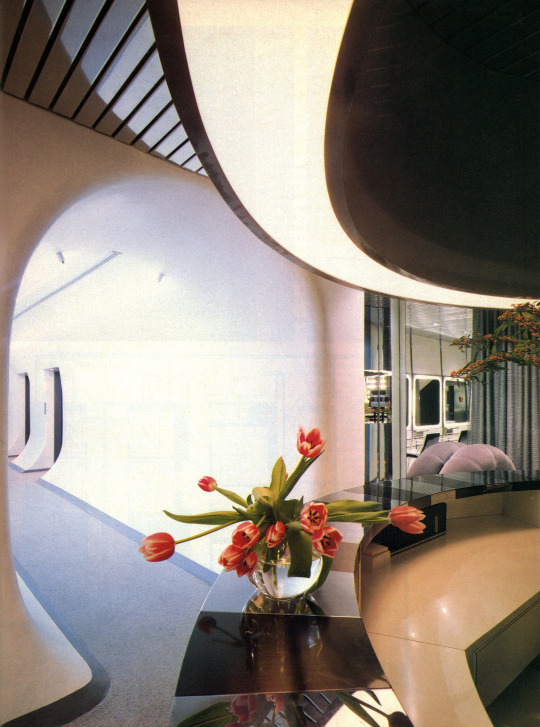
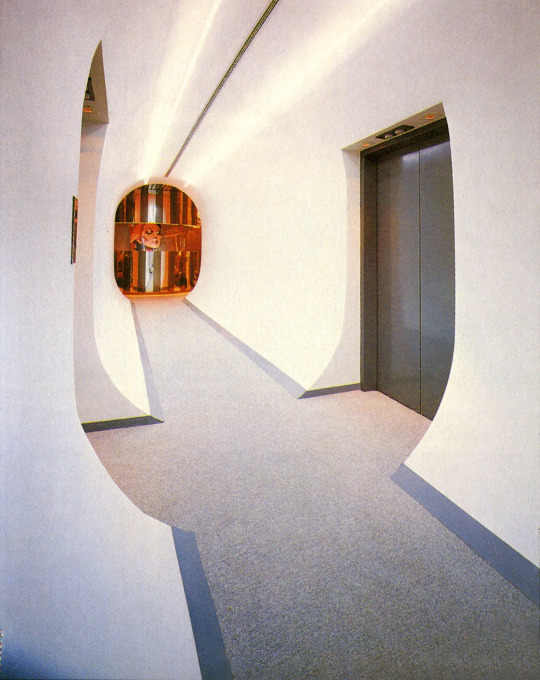
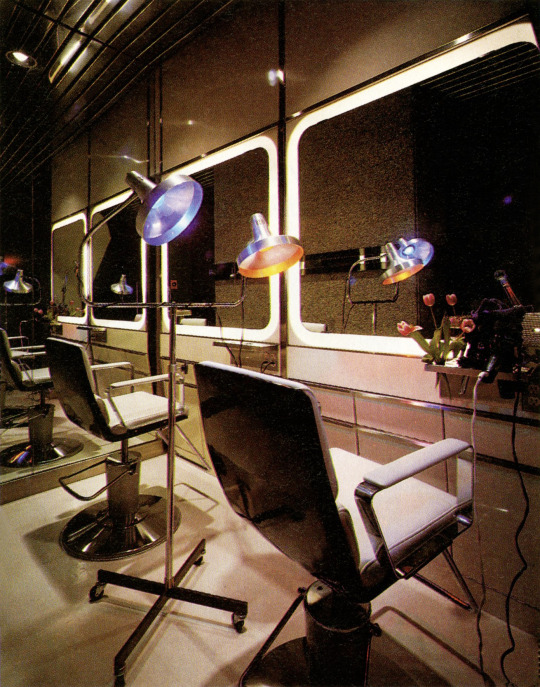
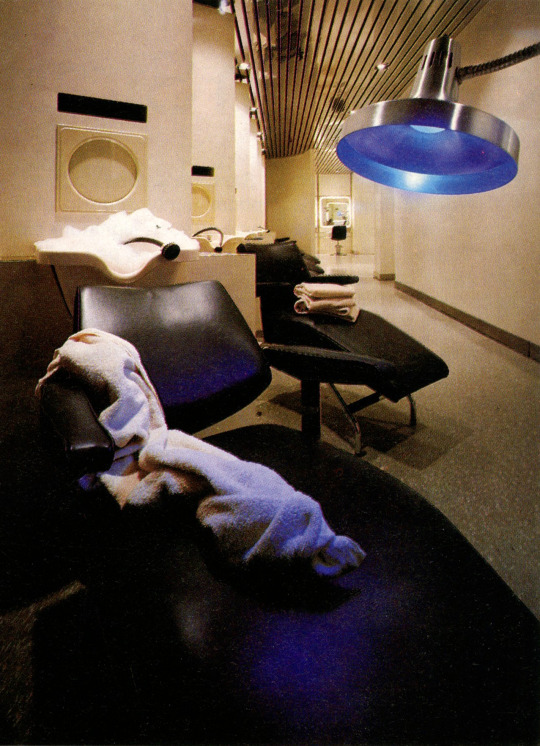
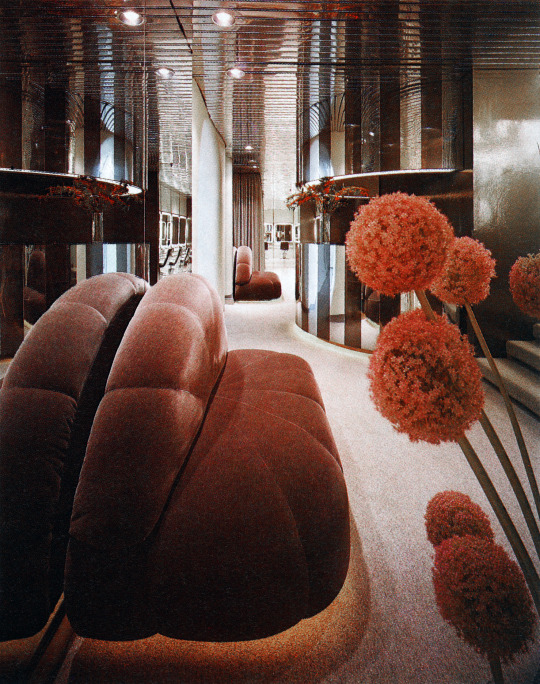
'Space-Age Salon' - the Gerard Bollei Salon in the Galleria Building - Manhattan, NYC (1978)
An excellent example of the 1960s-1970s sleek futurism that would later be revived in Y2K Futurism in the 90s-2000s.
Designed by Allan Hagelthorn and Larry Barcher
Scanned from the Dec. 1978 issue of Interior Design Magazine
961 notes
·
View notes
Text






Nintendo World store - Rockefeller Plaza, NYC (Opened May 2005)
"The Pokemon Center, an interactive retail destination featuring Pokemon video games made exclusively for Nintendo, opened in 2001 on New York's Rockefeller Plaza. In the fall of 2004, the two affiliated companies decided to reboot that space and place it under the Nintendo banner - while still retaining a sizable Pokemon presence within it.
To create that space it envisioned, Nintendo again teamed with TPG Architecture, which had helped design the Pokemon store. Restrictions include a prohibition against erecting any exterior signage. Hence, designers used the building's existing glass walls to give passersby clear views of the many oversized screens inside.
The centerpiece of the store's interior is a three-sided, two-story video tower consisting of nine rear-projection video screens that show the company's latest games in action. The center of the first floor houses the Nintendo DS area, which features a powder-coated steel table at its center that's surrounded by pod chairs.
The second level houses two main merchandising areas - one for game accessories and the other for Nintendo apparel and gift items - along with dual-sided GameCube kiosks and a surround-sound lounge."
Designed by TPG Architecture
Scanned from 'Stores and Retail Spaces 8' (2007)
611 notes
·
View notes
Text






Chosen Pepsi Blue packaging design (img. 1), many many unused iterations (imgs. 2-5), and then the original inspiration images behind the branding (img. 6)
There's so much going on here, from the Millennium Orientalism tribal tattoo motifs, 70's Kitsch / Kustom Kulture revival hot rod/tattoo culture-stylized flames motif, some classic Y2K TDR infinite gradient dot + sleek font futurism & some CGXC + Corporate Grunge looking design in the earlier iterations
By MLR Design & The Pepsi Design Group (in-house team)
Scanned from The Little Book of Big Packaging Ideas (2007)
#y2k#futuristic#2002#pepsi#pepsi blue#soda#design#packaging#branding#brand#my scans#futurism#tribal tattoo#flames#2000s
1K notes
·
View notes
Photo






The Images Of Laforet HARAJUKU (1996 - 2000)
3K notes
·
View notes
Text


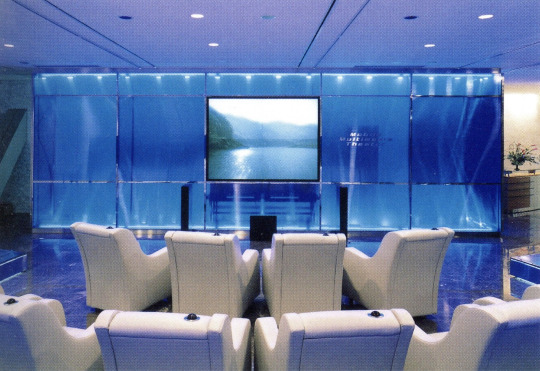







Blue & white selections from the book, Annual of Space Designs in Japan 2001 - Displays, Signs, and Commercial Spaces Vol. 28 (2001)
1. Fish on Chips - Sega Enterprises, located in Kawashimacho, Gifu (July 1999) - designed by Nomura - Hirata Yuji, Yamamoto Toshio
2-3. NTT Docomo Shikoku Communication Space (Jan. 2000) - designed by Nomura - Eto Tadakuni
4. e-commerce floor Network Style - Sony (Mar. 2000) - designed by Hakusuisha - Yasunari Akira, Kurihara Yoshiyuki
5. Playstation Festival 2000 in Makuhari, Chiba (Feb. 2000) - designed by Oya Atsushi, Yoshinaga Takeshi, Yamamoto Shun
6-7. Clayton Bay Hotel Crystal Church 'departure for the heaven' (Feb. 2000) - designed by Shimizu - Torii Ken-ichi
8. Shiseido "2000 PN" Press in Gotanda, Tokyo (Mar. 2000) - designed by Kataita Toyoki
9. Latent Sound Sea - "Wave³" "Umi-Tsukushi" located in Iwaki, Fukushima (Apr. 2000) - designed by Office Shono-Shono Taiko, Osamura Takayuki
10. Mikimoto Ginza 100 "100 Years Ago - The Invention" (Jul.-Aug. 1999) - designed by Shimpo Tomoko, Hashimoto Kiyoshi, Miyahara Kiyoshi
#y2k#futuristic#1999#90s#metallic#sleek#cyber#futurism#architecture#interior design#y2k futurism#japan#2000#2001#my scans#blue#white#sony#sega#shiseido
892 notes
·
View notes
Text












Selections from the surreal-CGI stock imagery collection titled, 'Compulsion', created by artist 'Spooky Pooka'
Scanned from the catalog, DigitalVision: Fusion (1999)
#y2k#futuristic#90s#metallic#sleek#cyber#futurism#design#graphic design#cgi#surreal#surrealism#1990s#1999#my scans
1K notes
·
View notes
Text


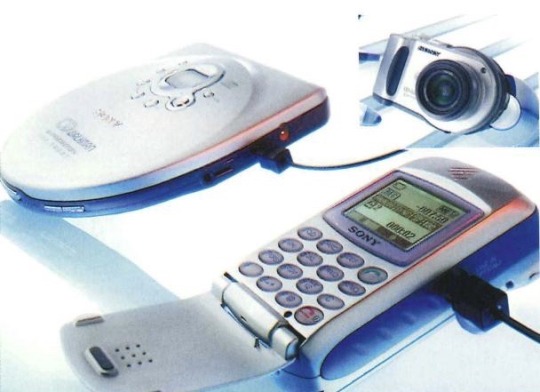
PlayStation Magazine: Y2K Tech Showcase (2000)
2K notes
·
View notes

